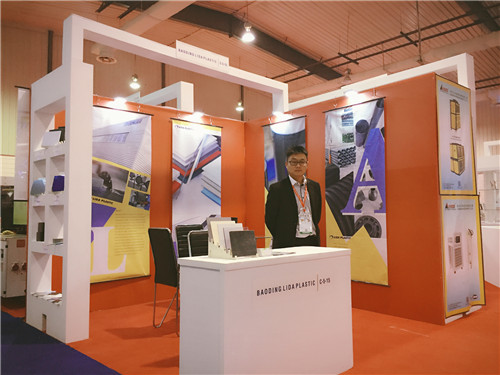Aug . 29, 2024 23:35 Back to list
High-Quality Thermoplastic Welding Rods for Durable Joints
Understanding Thermoplastic Welding Rods
Thermoplastic welding rods are a crucial component in various industries where the joining of thermoplastics is required. These rods serve as filler materials in processes such as welding, fabrication, and repair. With an increasing demand for durable and cost-effective solutions, thermoplastic welding rods have gained significant attention for their versatility and efficiency.
Thermoplastic materials are characterized by their ability to soften when heated and harden upon cooling. This unique property allows for easy manipulation and joining through the application of heat. Thermoplastic welding rods are specifically designed to complement these materials, often made from the same or compatible thermoplastic polymers. Common types of thermoplastic welding rods include polyethylene, polypropylene, and polyvinyl chloride (PVC), among others.
One of the primary applications of thermoplastic welding rods is in plastic welding, where they are heated to the melting point and applied to the joint or gap between two thermoplastic surfaces. As the rod melts and fuses with the adjacent materials, it creates a strong, durable bond that retains the properties of the original thermoplastic. This process is widely used in industries such as automotive manufacturing, pipe repair, and packaging.
The advantages of using thermoplastic welding rods are manifold. Firstly, the ability to create a seamless connection makes them ideal for applications requiring high strength and durability. Additionally, the use of thermoplastic welding rods minimizes the need for adhesives, which can introduce solvents and potentially reduce the integrity of the materials being joined. The welding process also tends to be faster and cleaner than traditional adhesive bonding methods.
thermoplastic welding rod

Moreover, thermoplastic welding rods are available in various sizes, diameters, and colors, allowing for customization based on specific project requirements. This adaptability enhances their utility in many applications, from large-scale industrial productions to small-scale repairs and fabrication tasks.
In terms of environmental impact, thermoplastics are often recyclable, making thermoplastic welding rods a more sustainable choice compared to some alternatives. When products made from thermoplastics reach the end of their life cycle, they can be melted down and reformed, leading to reduced waste and a lower carbon footprint.
When selecting thermoplastic welding rods, it is essential to consider the compatibility of the rod with the base materials, as well as the specific requirements of the welding process. Factors such as melting point, tensile strength, and flexibility should be evaluated to ensure optimal performance.
In conclusion, thermoplastic welding rods represent a vital solution for joining thermoplastic materials across various applications. Their strength, versatility, and sustainability make them a preferred choice in many sectors, from manufacturing to repairs. As technology and techniques improve, the role of thermoplastic welding rods will continue to evolve, supporting innovation and efficiency in material joining processes. Whether in a manufacturing plant or a workshop, understanding the benefits and applications of thermoplastic welding rods is key to achieving successful results in projects involving thermoplastic materials.
-
Durable PP Rigid Sheet: Lightweight, Chemical Resistant Solutions
NewsAug.21,2025
-
PVC Grey Sheet for Extraction: Chemical Resistant & Durable
NewsAug.19,2025
-
Durable PVC Pipe Fittings for Plumbing & Irrigation Needs
NewsAug.18,2025
-
HDPE Steel Belt Reinforced Spiral Corrugated Pipe | High Strength
NewsAug.17,2025
-
HDPE Pipe Fittings: Durable, Leak-Proof Solutions
NewsAug.16,2025
-
Premium CPVC Sheet: High-Temp & Chemical Resistant Solutions
NewsAug.15,2025

